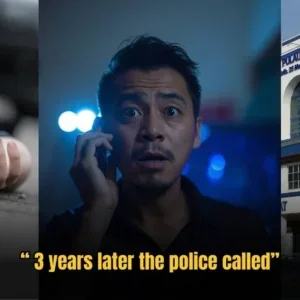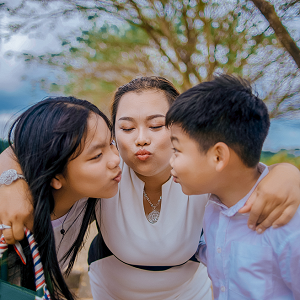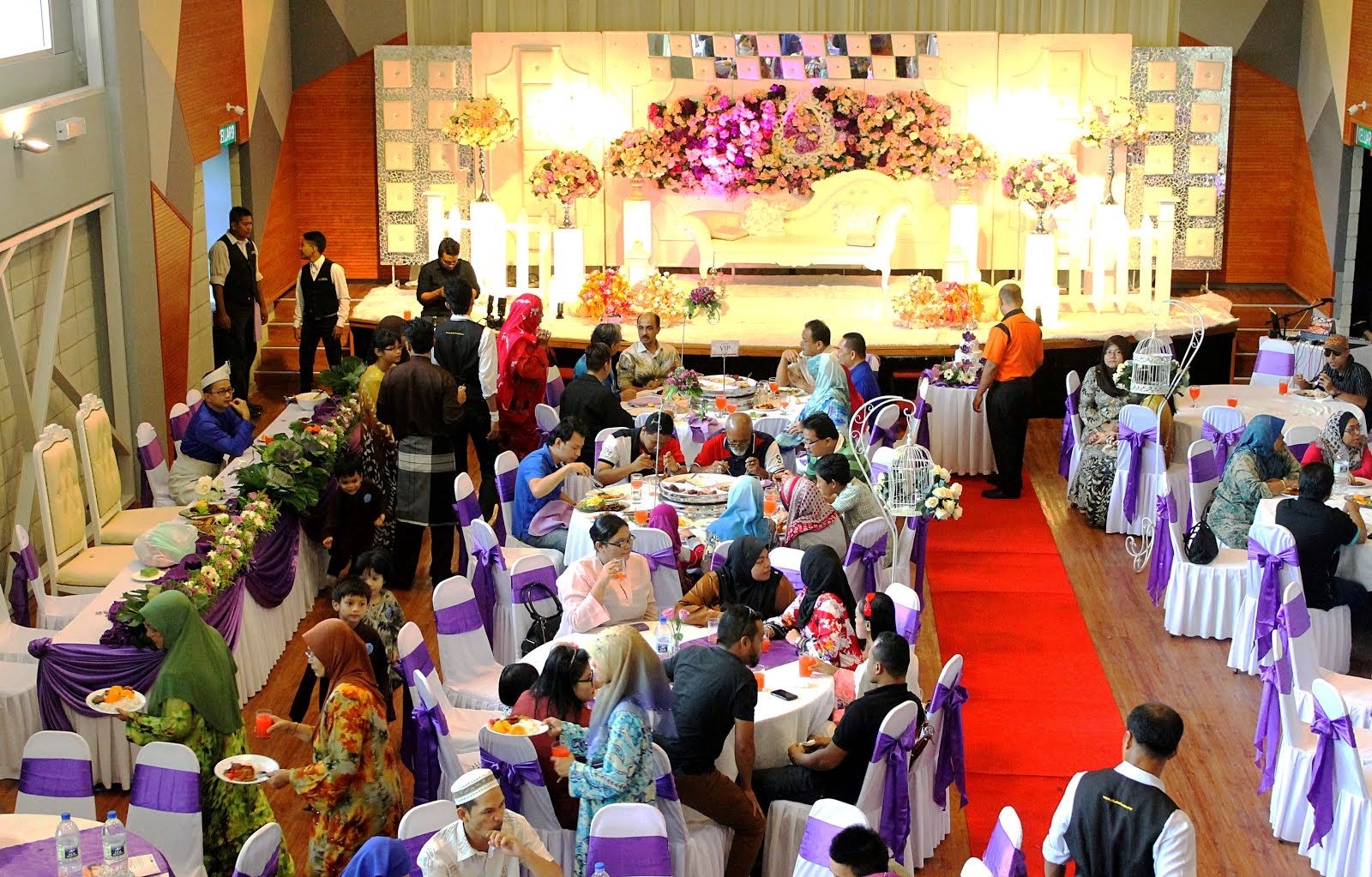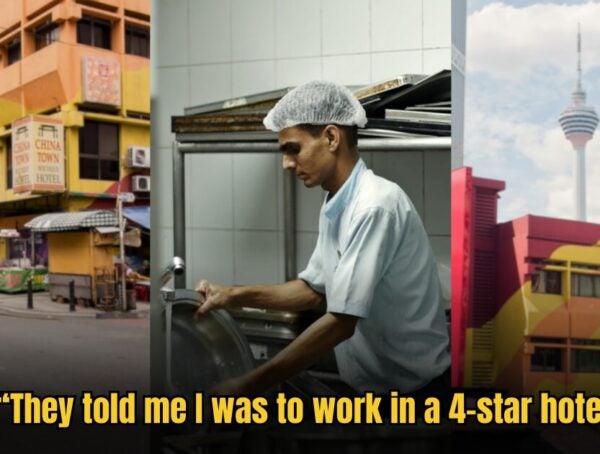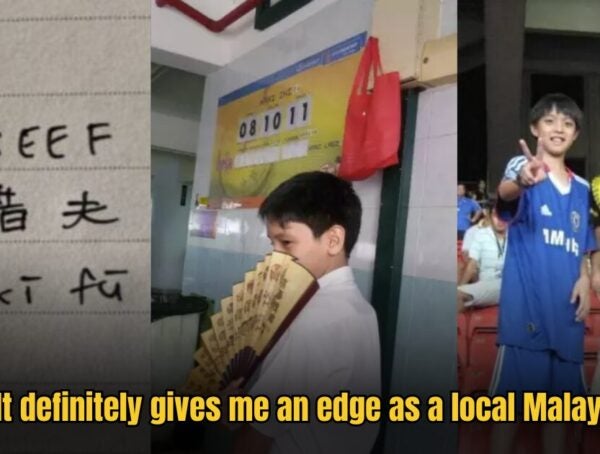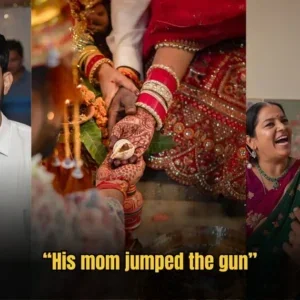Disclaimer: In Real Life is a platform for everyday people to share their experiences and voices. All articles are personal stories and do not necessarily echo In Real Life’s sentiments.
In Malaysia, due to the multi-ethnic and religious makeup, marriages are a colourful and meaningful affair that is full of tradition and grandeur. With many Malaysians finding themselves in the middle of wedding season post-MCO, IRL looks to explore the various ways of this celebration of love by the 3 main cultures in Malaysia:
1. Malay weddings
There are 3 main stages of a Malay wedding which are:
- merisik (asking the hand in marriage)
- akad nikah (wedding solemnization)
- bersanding (wedding reception).
During the merisik, traditionally the parents of the young man will visit the home of a potential bride for a friendly “investigation” into the compatibility of the couple. If everything goes well, then serious wedding discussions will take place. With everything settled, the next step is the meminang (proposal) stage and the specific details like the dowry, date and time of the actual wedding, and the wedding gifts are deliberated.
The actual religious solemnization of the wedding is during the akad nikah. Only the immediate family will be present, and the couple will present themselves before a juru nikah (Muslim wedding official) who will provide a brief sermon on the rights and responsibilities as a married couple from the Islamic perspective. The marriage registration and certification will be finalised then.
The wedding reception will then take place which starts off with the groom walking with his entourage which consists of decorative flower bearers with kompang beats resounding in the air as they journey to the bride’s home. A pencak silat performance is done for the groom’s party as a sign of welcome and respect. The bride and bridegroom are then sat together on a platform; the couple are then sprinkled with rose-scented water, henna, sandalwood paste, and rice flour paste to publicly signify their union.
You will witness the wedded couple dressed in their traditional Malay garb which is a baju Melayu for the groom and usually a baju kurung or baju kebaya for the bride. They will be elaborately dressed to signify them as royalty for the day.
What to wear?
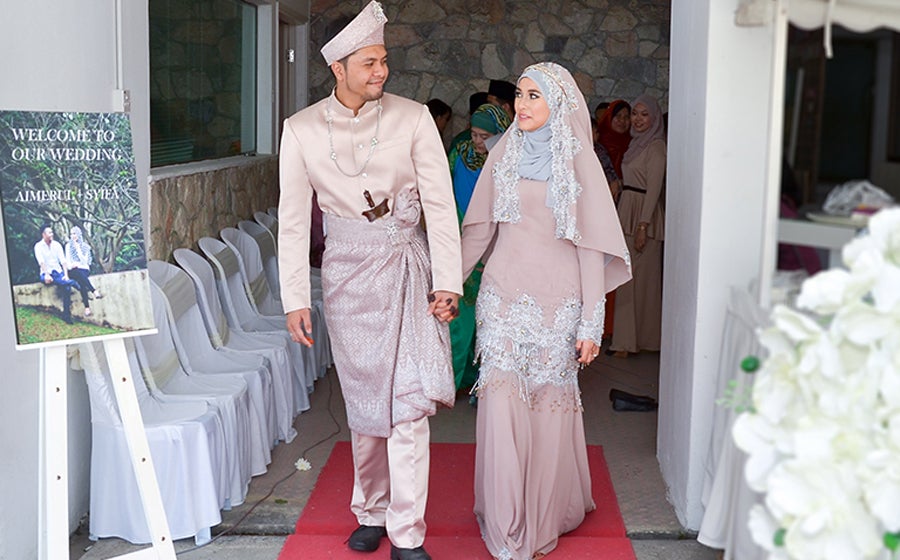
For guests, if the reception is done in a kampung, it can be quite warm as it is usually held in a community hall, thus semi-formal dressing is fine like a short-sleeved or a batik shirt with long pants for men, and baju kurung or anything that is conservative and modest for women.
If the reception is done in a hotel however, then formal dressing is expected.
What to give?
As for wedding gifts, guests are not exactly expected to bring anything but the hosts will be more than grateful to receive a cash token (amount at your discretion) in an envelope or a green packet.
2. Malaysian Chinese weddings
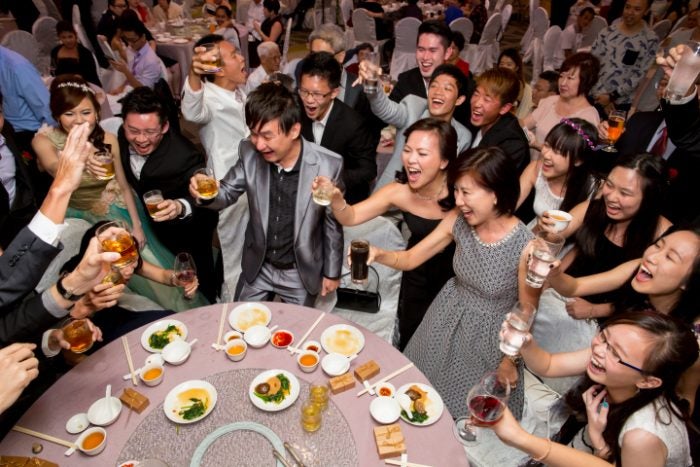
Numerology is an important factor in the Chinese community especially when it comes to a couple’s compatibility. If the stars align, then preparations are done for the big day.
A research is conducted to find the best time and date for the wedding according to the Chinese lunar calendar. The bride and groom’s birth date and time is analysed by an expert, and once an auspicious date is found it will be set as the wedding day.
The wedding ceremony starts very early in the morning when the groom and his entourage arrive at the bride’s parents’ house to pick up his bride. When the groom arrives with his entourage, they will blast their car horns along the way to increase the mood of the wedding and to scare away evil spirits. This is a modern improvisation of the traditional olden day’s method which involved gongs and drums. Upon arrival, the groom must wait for the bride’s brother to open the car door for him.
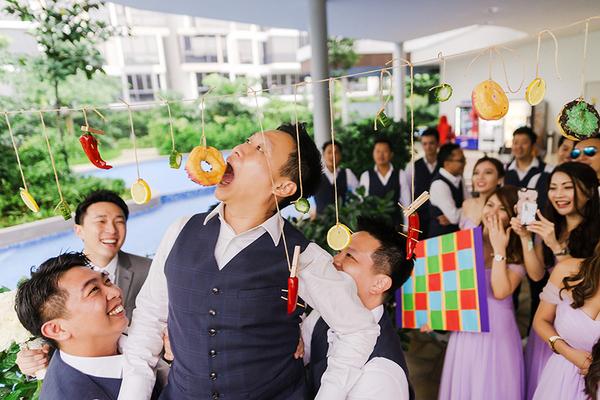
The groom then goes through several fun “tests” like eating weird food and playing ridiculous and silly games devised by the bridesmaids before he is deemed “worthy” to have access to his bride-to-be.
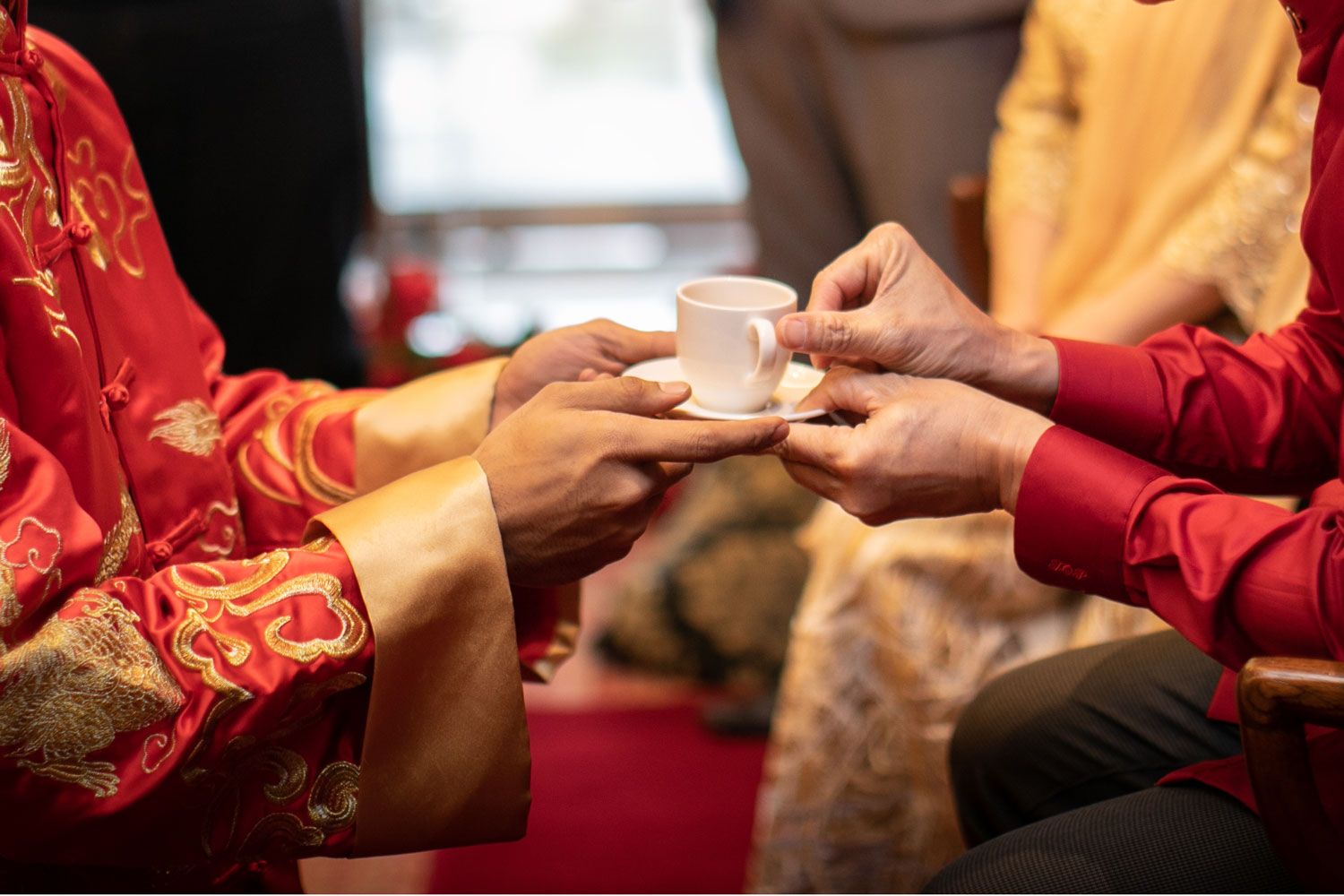
He is then let into the house and the next step is the Chinese Tea Ceremony whereby the couple will present their parents with tea as a sign of obtaining their blessing. The parents in return give the couple their blessing in the form of jewellery, for example. Next, tea is served to all elder relatives of the bride. The couple will then repeat the process with the groom’s family.
After that, a light lunch is served before the reception in the evening, during the toast to the bride and groom, the Chinese will usually shout Yum Seng! many times as in Cantonese, Yum Seng means “drink to victory”.
What to wear?
The wedding reception is very similar to a Western wedding reception as it is usually done in a hotel ballroom or formal Chinese restaurant. The usual dress code would be formal-ish, men usually dress in suits but not necessarily black tie; for ladies a cocktail dress or long dress preferably in a light or bright colour (black and darker colours are closely associated with funerals). But anything that looks smart enough should usually be more than acceptable at the receptions!
What to give?
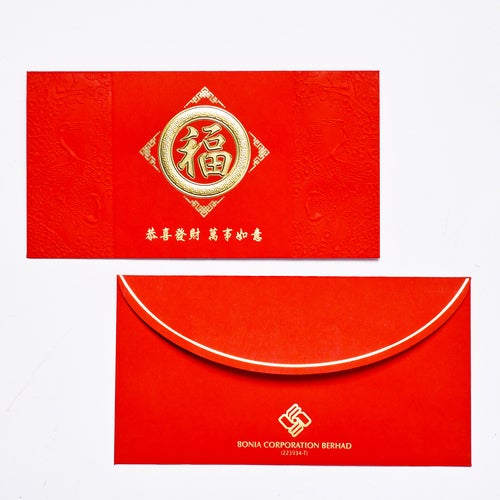
For wedding gifts, cash is preferred and a general guide for the amount to give depends on where the reception is held. For example, if the reception is done in a 5-star hotel, then a minimum of RM200 is given. This is so that the bride and groom can cover the cost of the wedding reception which can be an expensive affair. If you’re wondering more about how much you should give, we’ve written another guide you can read here.
3. Malaysian Indian Weddings
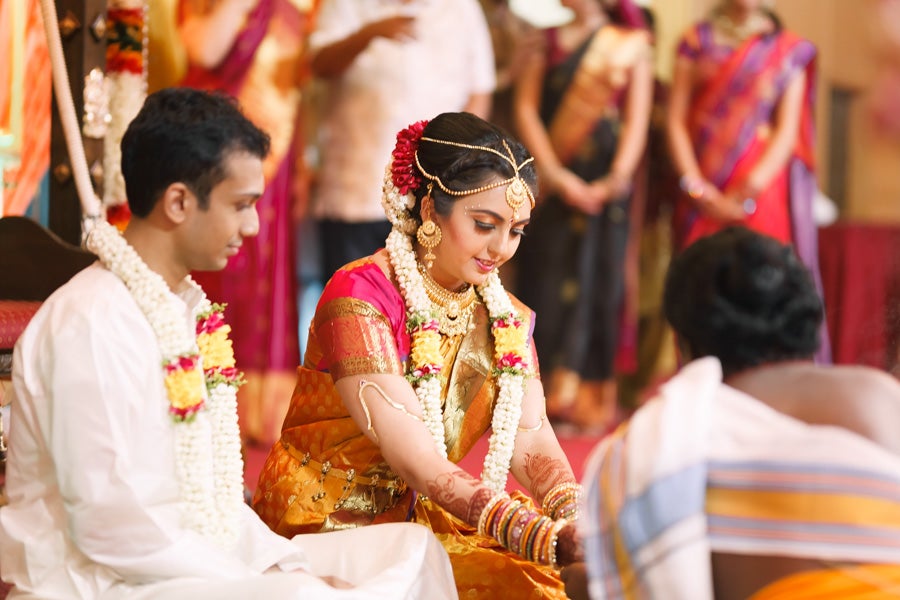
Due to the number of different and diverse Indian ethnicities in Malaysia like Malayalee and Telugu, we will focus on the Tamil culture being the largest Indian group in Malaysia.
Like with Chinese culture, a Hindu priest will calculate the best date and time for the wedding according to the bride and groom’s date of birth and Indian star signs. In the Tamil culture however, the time of the wedding is very important so it is not uncommon to have weddings at 4:00 am.
During the day of the wedding, the groom’s best man (usually the brother of the bride) will wash the groom’s feet and put a toe ring on it. The groom proceeds to present a gold ring to his brother-in-law as a sign of gratitude.
The groom and the bride’s brother will then sit on a platform, and the bride will join later. The platform is called the Manavarai and it symbolises Lord Shiva and Goddess Parvathi. After the priest performs his duty and solemnizes the wedding, the groom will tie a thali on his bride (a golden necklace that symbolises eternal love).
The guests will throw rice with turmeric powder over the couple three times for good luck.

The bride and groom will be dressed in the traditional Tamil wedding dress of a kurta for the groom and a saree for the bride. As with all weddings, they will be elaborately dressed, especially the bride who will be decked in gold accessories.
What to wear?
Guests may come dressed in a kurta for men and saree for women. Much like with any other event, if a guest owns no traditional Indian attire, you can’t go wrong with modest clothing.
What to give?
Cash is preferred and the minimum to give is RM51. Why the odd number? It is because the amount can’t have a zero in it: it will mean zero prosperity to the newlyweds.

These are just examples of the three main races in Malaysia. Being a melting pot of cultures, Malaysia has of course a lot more than just these three to offer! If we were to include every single culture, who knows how long this article would be?
Attending a Malaysian wedding for the first time can be intimidating, that’s why it’s important to know Malaysian wedding etiquette so you won’t be like a deer in headlights when you arrive. There are many traditions and customs that make Malaysian wedding etiquette unique. However, this is nothing to stress over – Malaysian weddings are very fun once you know what to expect.
For more stories like this, read: Malaysians Wonder How Much To Give For A Wedding Angpau – Here’s How To Figure It Out and We Wanted A Simple Wedding For RM30k, Instead We Spent RM70k On It To Please Our Parents.
You might also like
More from Real Skills
How I Saved Almost RM50,000 On Buying My First Car
Here's how this Malaysian man with a RM3,500 salary saved RM50,000 on his first car.
Angry M’sian Boss Demands Unpaid Overtime Over Raya, Causes 9 Staff To Quit
An anonymous employee at a local SME shares how a bad-tempered boss eventually caused 9 staff to quit before Hari …
I Studied In Chinese School As A Malay Boy, Here’s What I Learnt
Every time I used Mandarin outside of school, family members would come up to me at gatherings and ask me …
